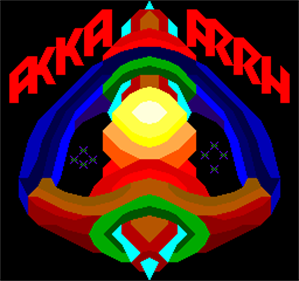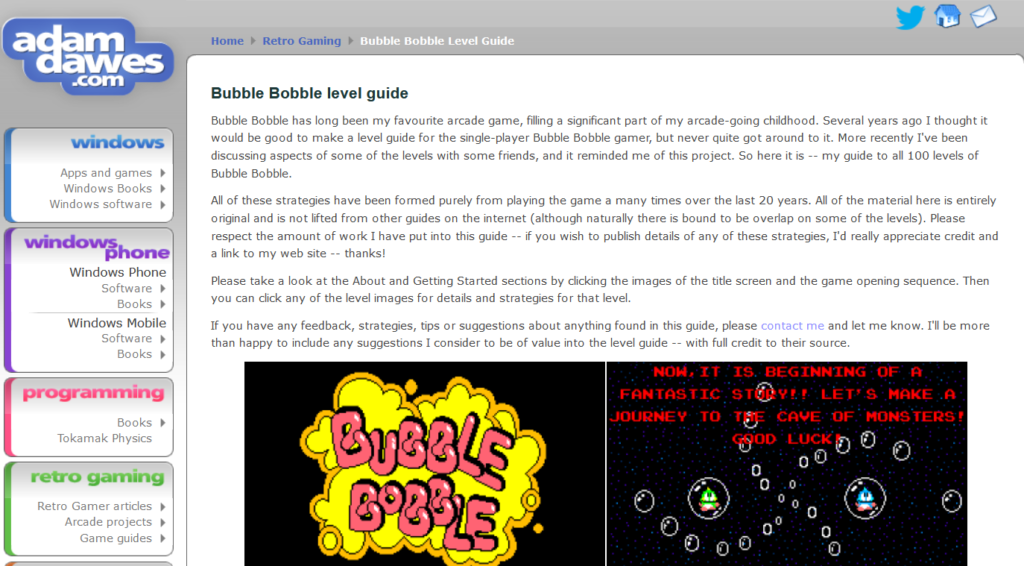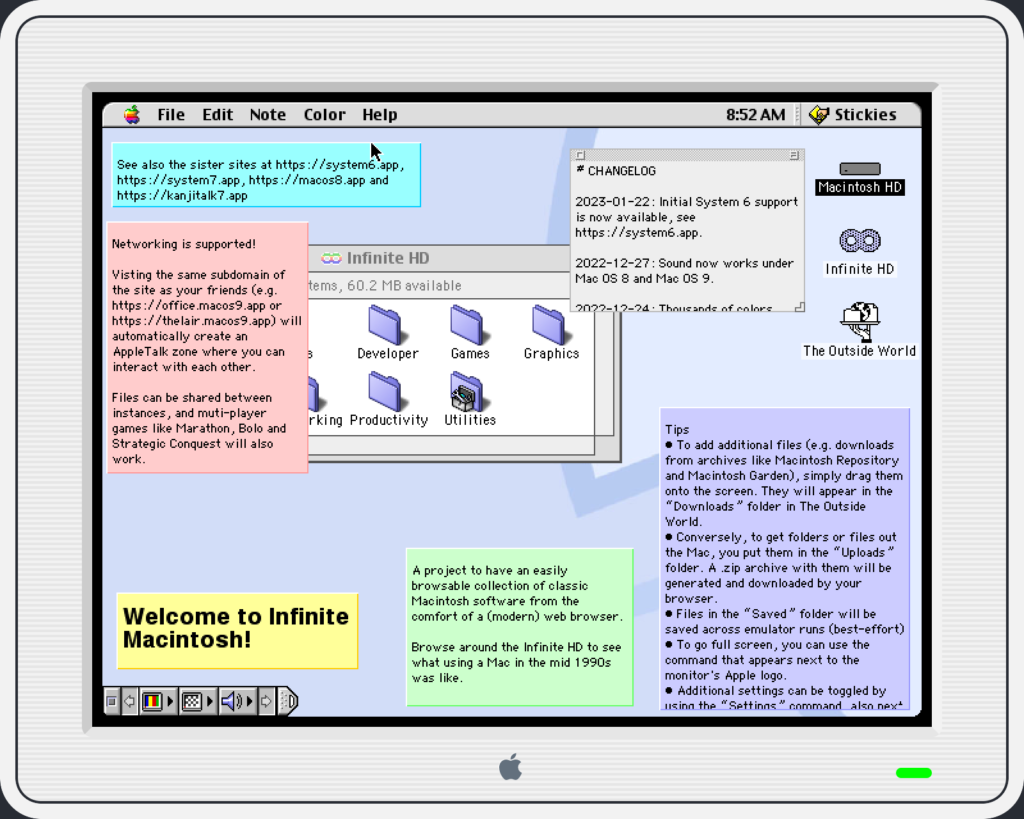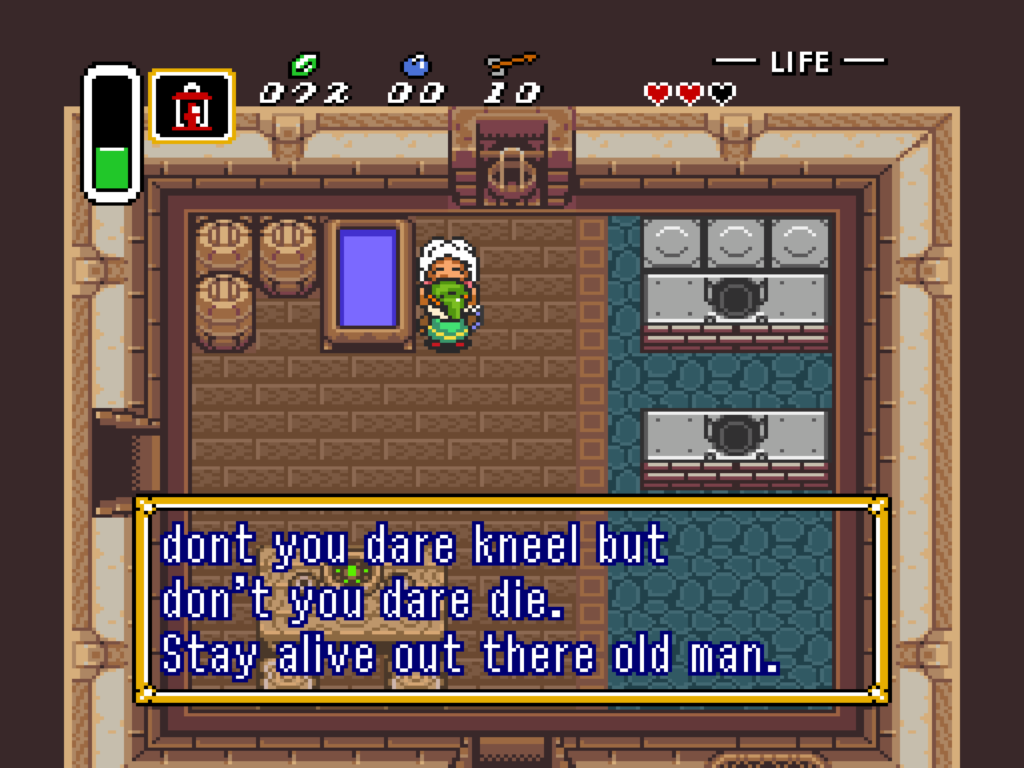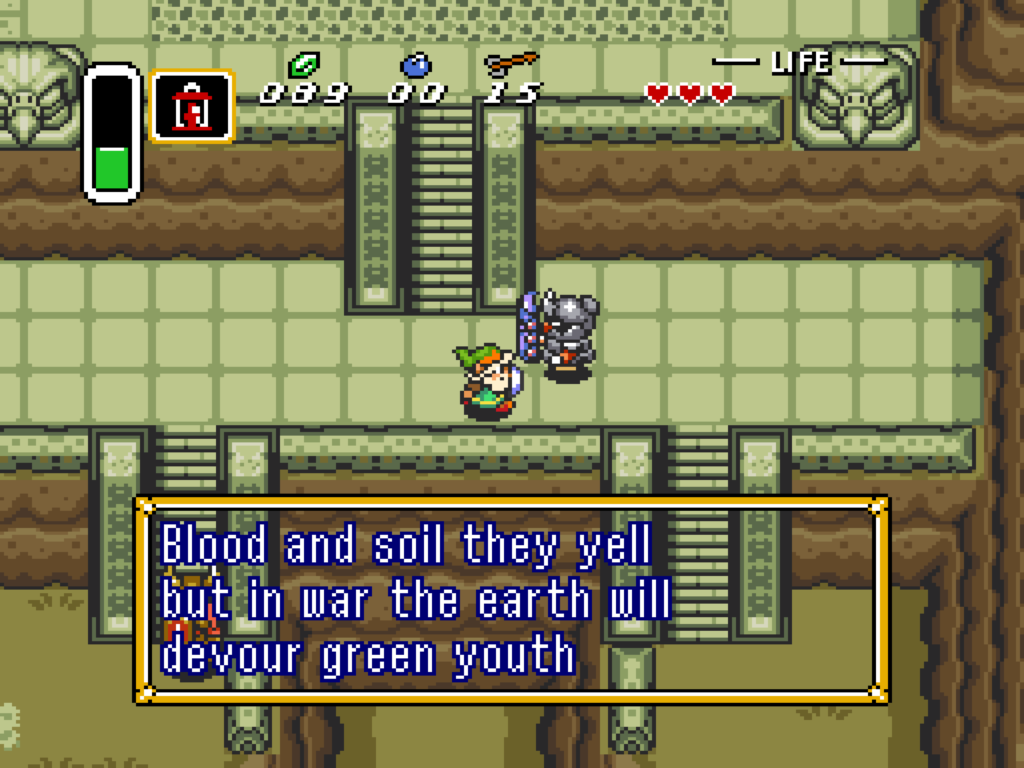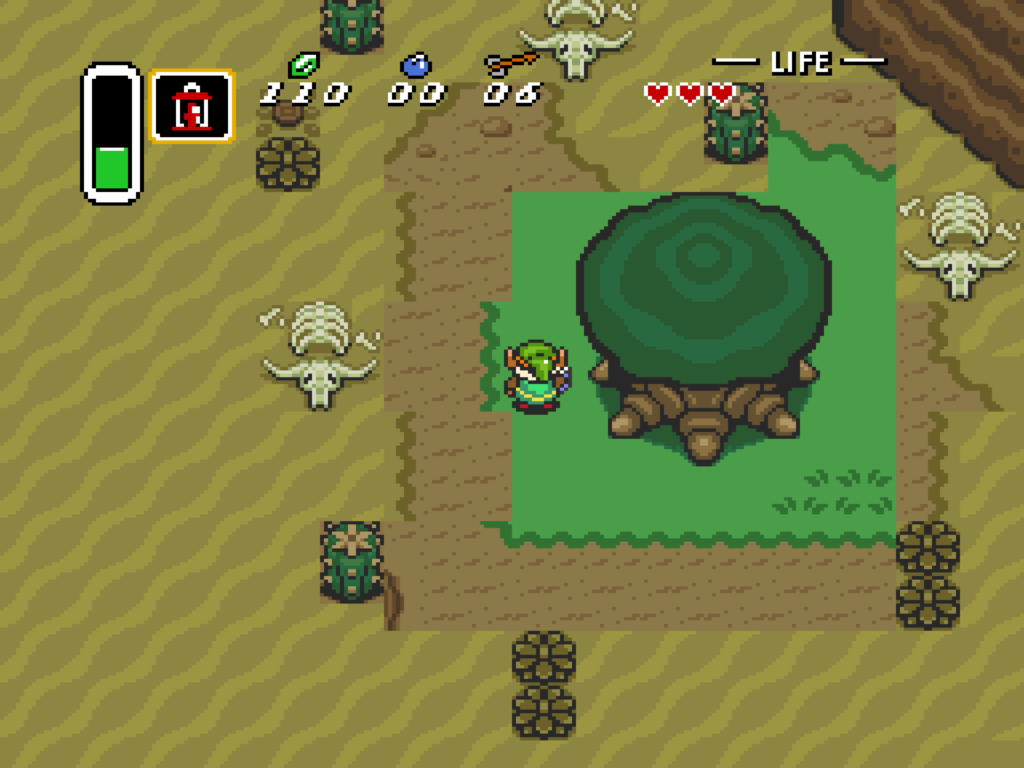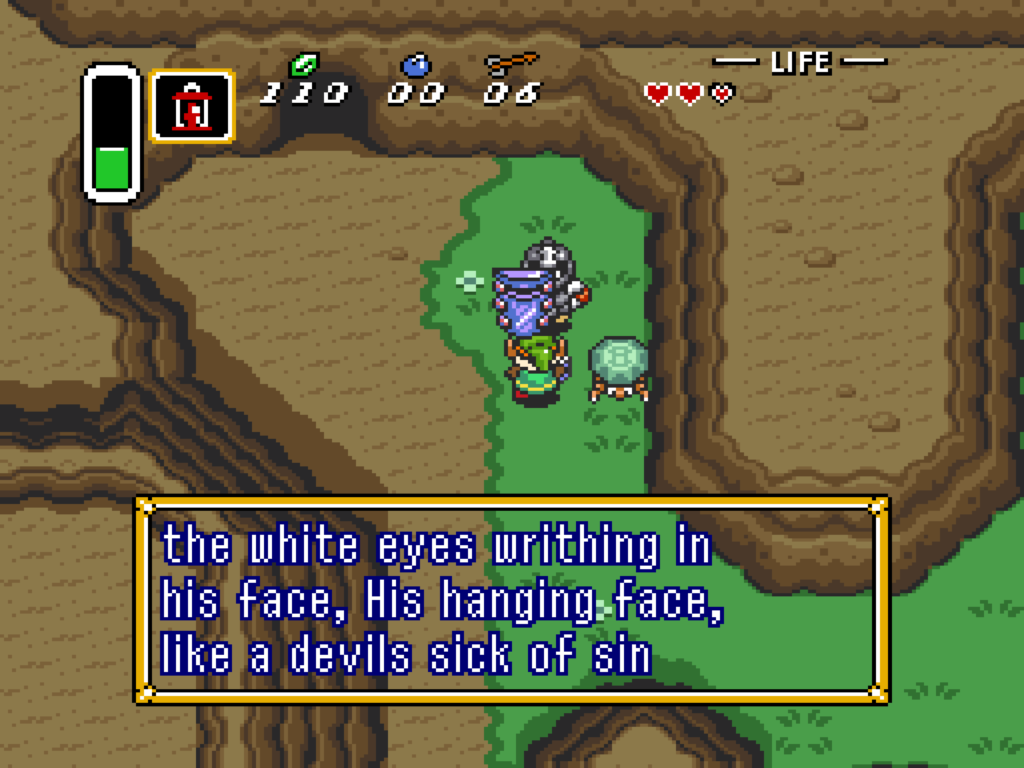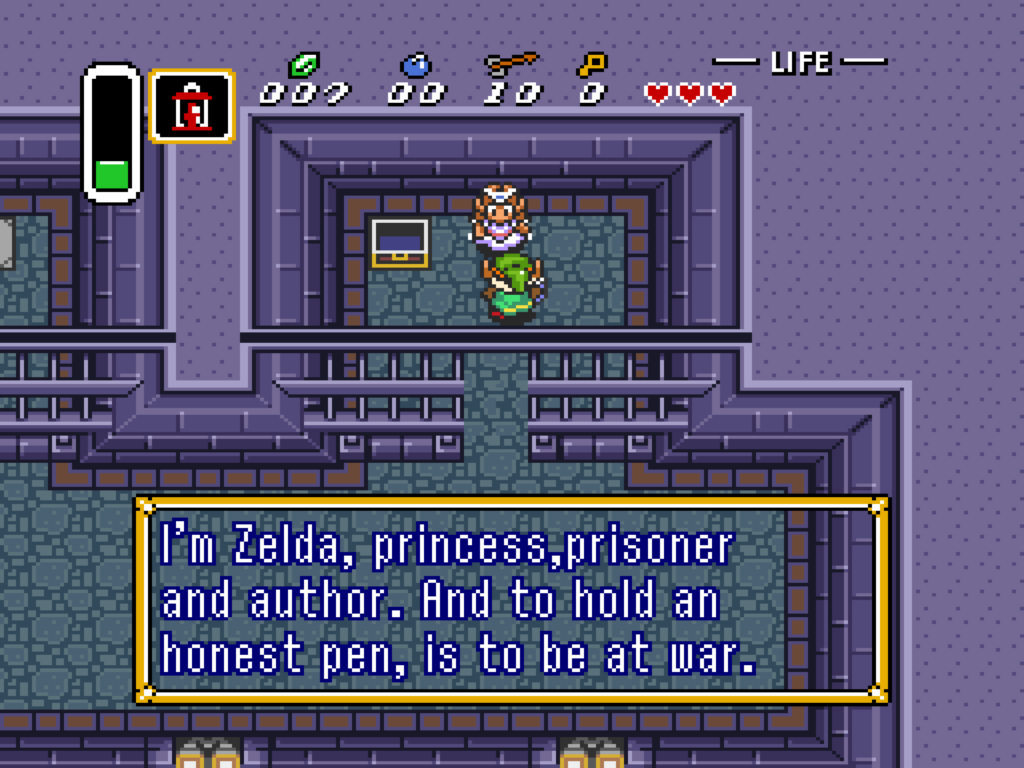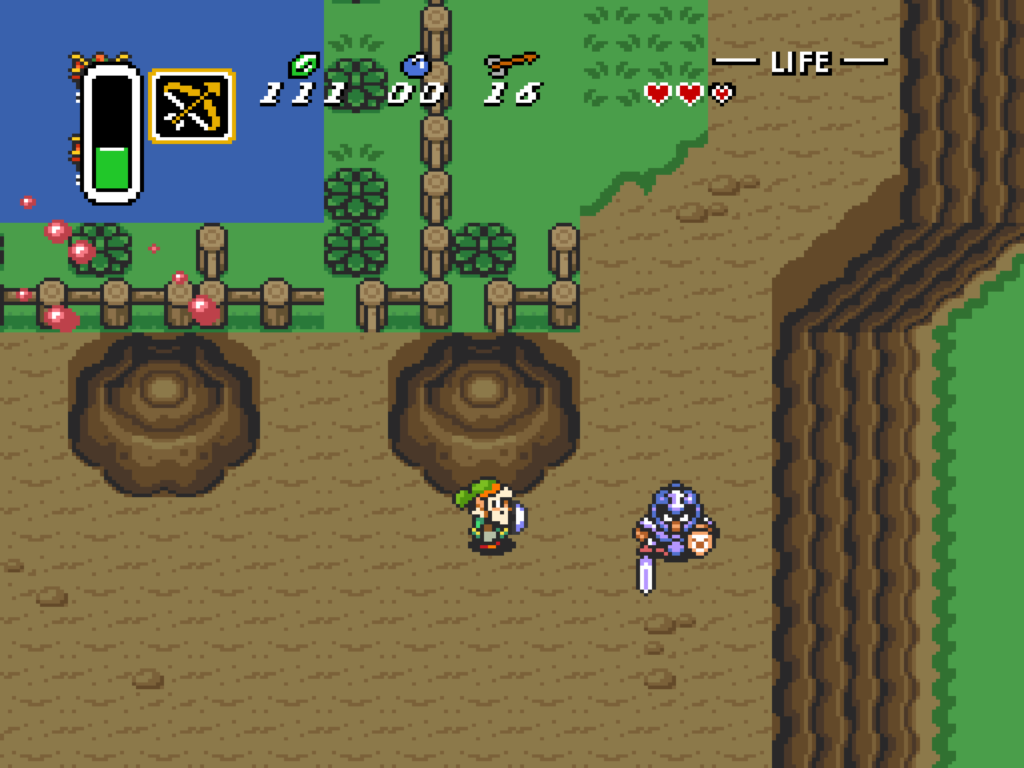I love the 7DRL Game Jam! One of the oldest jams out there, on March 2 they’ll begin their 19th year! It asks participants to complete a roguelike game within a week. I even covered every game that succeeded at the challenge one year for @Play on GameSetWatch a long time ago.

Public enthusiasm for it has ebbed and flowed over that time, but even last year 65 people are recorded as having completed the challenge. And every time there are a few games that are hugely interesting! A rating system helps to reveal those games that might be particularly interesting.
If you’d like to participate this year, well, you just can, they’re clear that you don’t need their permission and there is no real prize for doing it. But if you want to participate during the official period of the challenge, this year it’ll start on March 3rd. We have a reminder post here on Set Side B ready to roll out the day before it begins, so keep watching our pages for it!
Here is a brief look at the highest-reated 7DRL games that made it last time:

First: Mercury Salvage is a graphical roguelike about cleaning out derelict spaceships.
Second: The Mage’s Student is a deck-building roguelike centered around magic, and has to do with fighting off ” the many creatures guarding the Newt-Core and the Transformative Cricket…”
Third: Death Stranding RL is, as should be obvious, based on Hideo Kojima’s game. It has an interesting look for a console-based game.
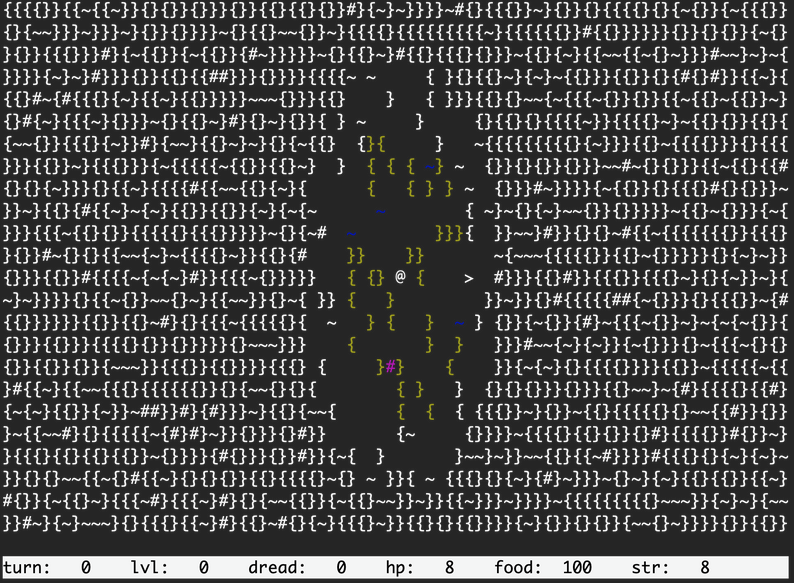
Fo(u)rth: Torshavn: The Fae Forest is a console roguelike written in the eclectic language Forth.
Fifth: In Orcish Fury, you’re an orc berzerker out for revenge. It’s playable in-browser.
Sixth: Greedy Rogue is also playable in browser, in it you’re a rogue rading a dragon’s lair while the dragon is out.

Seventh: Depths of Greed has you trying to get a cure for your daughter’s illness, akin to Larn. You’re a shopkeeper who goes to the nearby dungeon to try to find a cure, bargaining with the monsters.
Eighth: Grove Climbers has an interesting look to it, it’s team based and has (collective) you climbing a huge tree.
Ninth: Join Me In Dystopia, Pirate! is a randomly-generated top-down shooter.
Tenth: In Maneuver Ability, you don’t directly damage enemies, but can push them, which stuns them for one turn.
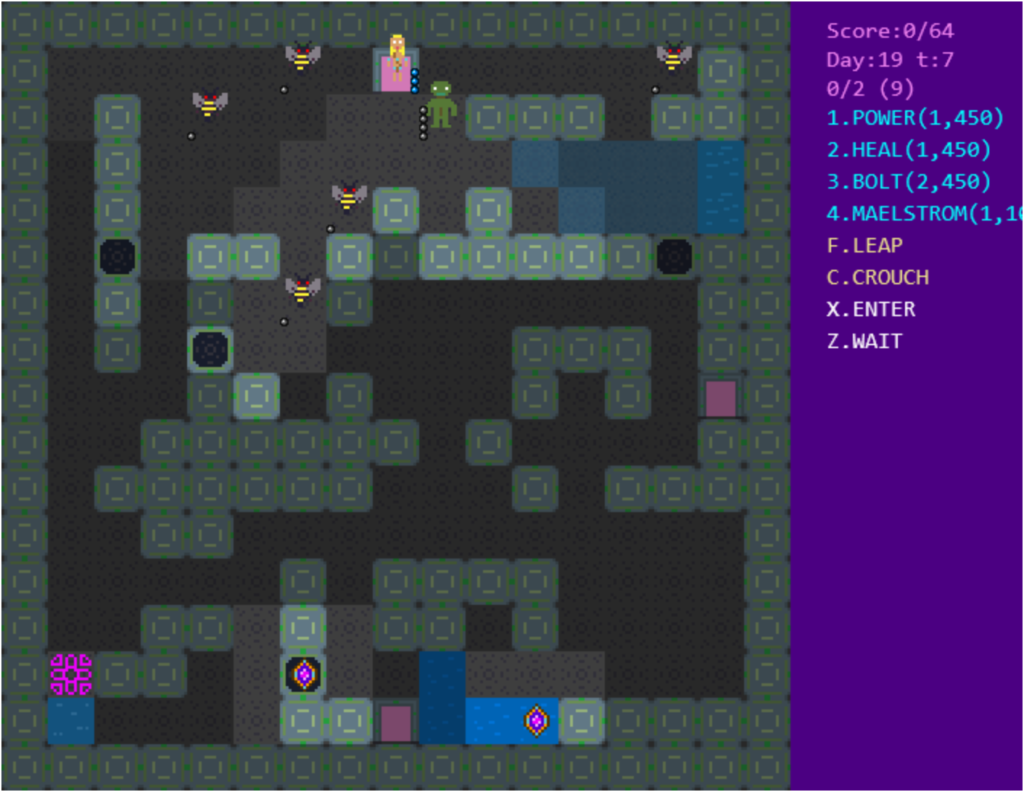
Eleventh: Running Around Dressless (in a Nascent Territory Full of R[something] Monsters) is vaguely NSFW (in a very tiny pixel art way), and it playable in browser. The R-word in the title changes randomly. I’m not quite sure how to play it honestly, it’s not a typical trading-blows game definitely.
And twelvth, SpelunkyRL, we posted about last year!
There’s many more than that, limiting it at 12 is rather arbitrary. If you have the time and interest to spare you should have a look!

